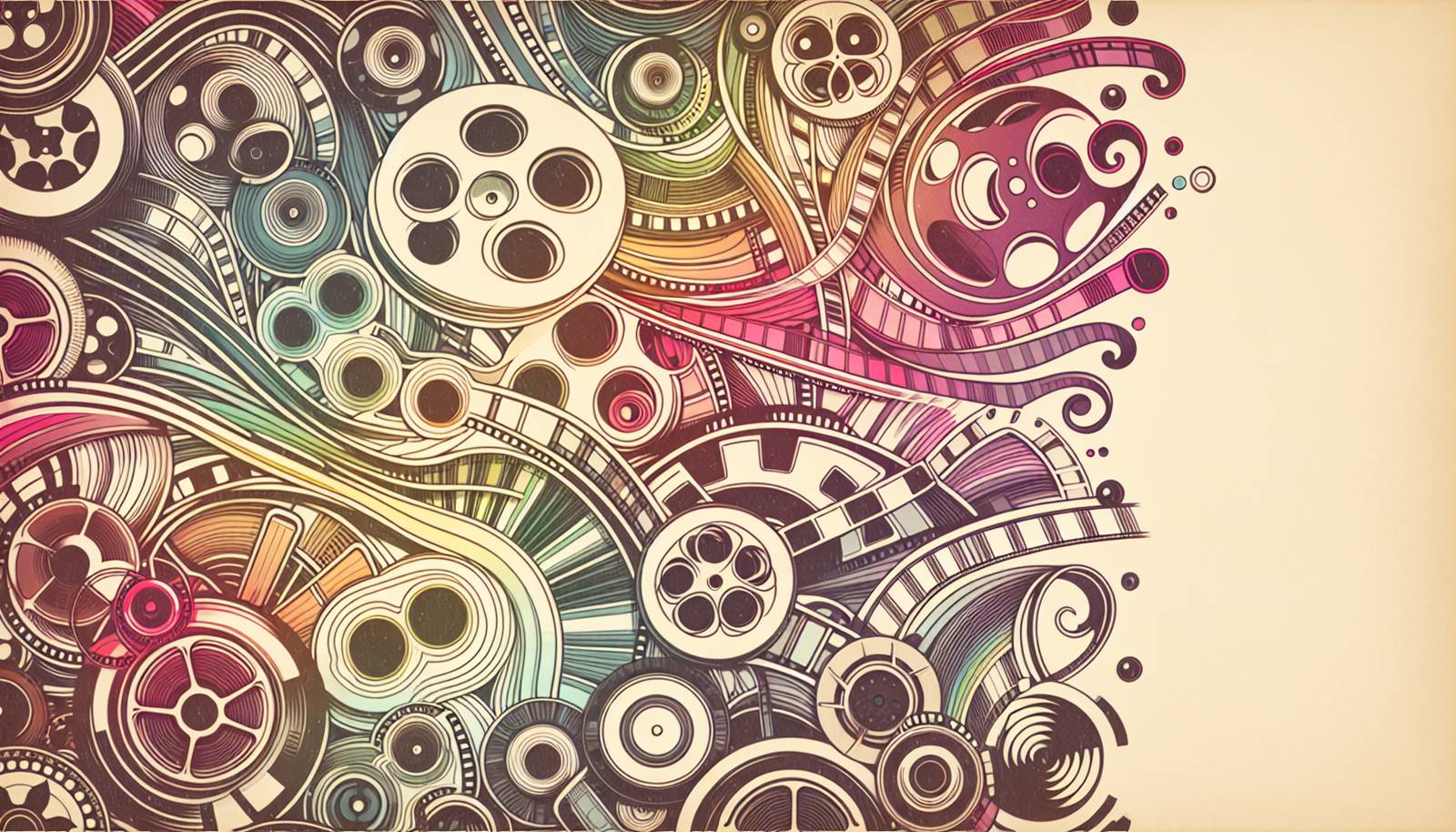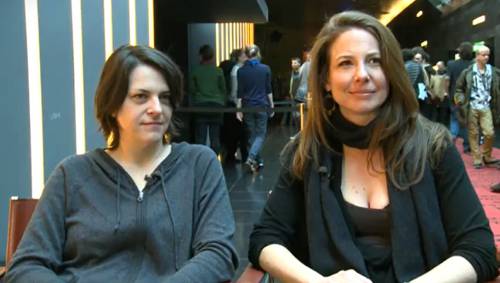
FAQ About The Role of Queer Coding in Classic Cinema

What is queer coding in classic cinema?
Queer coding in classic cinema refers to the practice of giving characters traits or behaviors that hint at a queer identity, without explicitly stating or acknowledging it. This subtlety was often due to censorship regulations, such as the Hollywood Production Code, which restricted direct representation of LGBTQ+ themes.

Why was queer coding used in earlier films?
Queer coding was often used in early films due to the strict censorship laws, particularly the Hays Code, which prohibited explicit depictions of homosexuality and other non-normative sexual practices. Filmmakers used queer coding to navigate these restrictions and hint at queer characters and themes without violating the code.

Can you provide an example of a queer-coded character in classic cinema?
A classic example of a queer-coded character is "Joel Cairo" from the 1941 film The Maltese Falcon. Cairo, portrayed by Peter Lorre, exhibits effeminate mannerisms and is suggested to have a colorful wardrobe, hinting at a queer identity in line with cinematic stereotypes of the time.

How did the Hollywood Production Code impact LGBTQ+ representation?
The Hollywood Production Code, also known as the Hays Code, enforced strict guidelines on what could be depicted in films from the 1930s to the late 1960s. This included prohibitions on showing "sex perversion," which was understood to mean any depiction of homosexuality. As a result, filmmakers resorted to queer coding to imply LGBTQ+ elements without direct representation.

How does queer coding influence audience interpretations?
Queer coding allows audiences to pick up on subtle hints about a character's identity, leading to varied interpretations. For LGBTQ+ audiences, these coded clues often provided a rare form of representation, albeit indirect. For others, it may have reinforced stereotypes or gone unnoticed altogether, reflecting diverse viewer readings.

Are there specific traits commonly used for queer coding?
Common traits used for queer coding include effeminacy in men, masculinity in women, flamboyant fashion, certain vocal characteristics, or interests and professions stereotypically associated with queer individuals. These traits often coincided with negative depictions of characters as villains or outsiders.

What impact did queer coding have on the perception of LGBTQ+ individuals?
Queer coding often reinforced stereotypes about LGBTQ+ individuals by associating them with villains or outsiders in films. While it provided subtle representation, it also perpetuated negative connotations, contributing to societal biases. Queerness was often portrayed as deviant or antagonistic, influencing public perceptions during that era.

Was queer coding unique to Hollywood, or was it used globally?
While queer coding is prominently associated with Hollywood due to its censorship codes, it was used in various film industries worldwide. In many societies with similar restrictions or cultural biases, filmmakers employed queer coding as a means to subtly explore LGBTQ+ themes.

How did society's changing views on LGBTQ+ issues affect queer coding?
As societal attitudes toward LGBTQ+ issues evolved, particularly during the latter half of the 20th century, the need for queer coding decreased. Filmmakers began depicting queer characters more openly, and audiences became more accepting of direct representation, reducing the reliance on coding as a tool for LGBTQ+ inclusion.

How do modern films compare to classic ones in terms of queer representation?
Modern films generally feature more explicit and diverse representations of LGBTQ+ characters than classic films, which relied heavily on coding due to censorship. Today, many filmmakers aim for authentic storytelling, reflecting the complexities of queer identities and moving away from the stereotypes and implicit portrayals of the past.

Are there academic resources or films that explore queer coding?
Yes, there are numerous academic studies and books that delve into queer coding in classic cinema, examining its cultural and historical significance. Some films, documentaries, and retrospectives also address this topic, providing insights into how queer identities have been subtly portrayed throughout cinematic history.

How did queer audiences perceive queer coding in films?
For many queer audiences, coded characters in films offered a sense of recognition and validation, even if the depictions were indirect or negative. These portrayals sometimes provided one of the few reflections of queerness available in mainstream media, allowing for a nuanced and varied relationship with the content.

Did queer coding ever lead to misunderstandings about character identities?
Yes, queer coding often led to misunderstandings, as the intended subtle hints could be interpreted in various ways, sometimes overlooked by audiences not familiar with the context or those who did not recognize the cultural implications of the coding techniques used.

Have any film directors been particularly noted for using queer coding?
Alfred Hitchcock is often cited for the use of queer coding in his films. Characters such as "Bruno Antony" in Strangers on a Train and "Mrs. Danvers" in Rebecca have been analyzed for their suggested queerness through subtle traits and behaviors that align with queer coding.

How did queer coding affect the LGBTQ+ community's relationship with cinema?
Queer coding created a complex relationship between the LGBTQ+ community and cinema. While it offered minimal and often ambiguous representation, it also sometimes reinforced negative stereotypes. Nonetheless, many found solace and a sense of connection with these characters, shaping a unique viewing experience and cultural critique over time.

Are there any famous films known for prominently featuring queer-coded characters?
Films such as Ben-Hur (1959), Rope (1948), and The Picture of Dorian Gray (1945) are known for featuring queer-coded characters. These films have been analyzed for their subtle allusions to queerness through character traits, relationships, and narrative themes that insinuate queerness without explicit confirmation.

How did queer coding influence the depiction of villains in cinema?
Queer coding was frequently applied to villainous characters, contributing to the stereotype of queerness being associated with moral deviance or otherness. This trope became a common narrative device, often portraying coded characters as antagonists, which had lasting impacts on perceptions of LGBTQ+ people as threatening or abnormal in society.

Is queer coding still relevant in today's cinema?
While overt queer coding is less necessary today due to more open LGBTQ+ representation, its historical impact is still relevant for understanding the evolution of queer identities in film. It also serves to highlight ongoing issues of nuanced representation and the legacy of stereotypes that have persisted into modern storytelling.

How do film historians view the significance of queer coding?
Film historians often regard queer coding as a significant tool for understanding the cultural and social landscape of its time. It serves as an important lens through which to view how filmmakers navigated restrictions, shaped narratives, and subtly addressed or resisted prevailing societal norms surrounding gender and sexuality.

What role did queer coding play in evolving cinematic language?
Queer coding contributed to the development of a nuanced cinematic language that communicated complex ideas non-verbally. This evasive yet evocative form of storytelling required filmmakers to innovate through visual and narrative subtlety, influencing film's ability to suggest deeper meanings beneath surface narratives.
